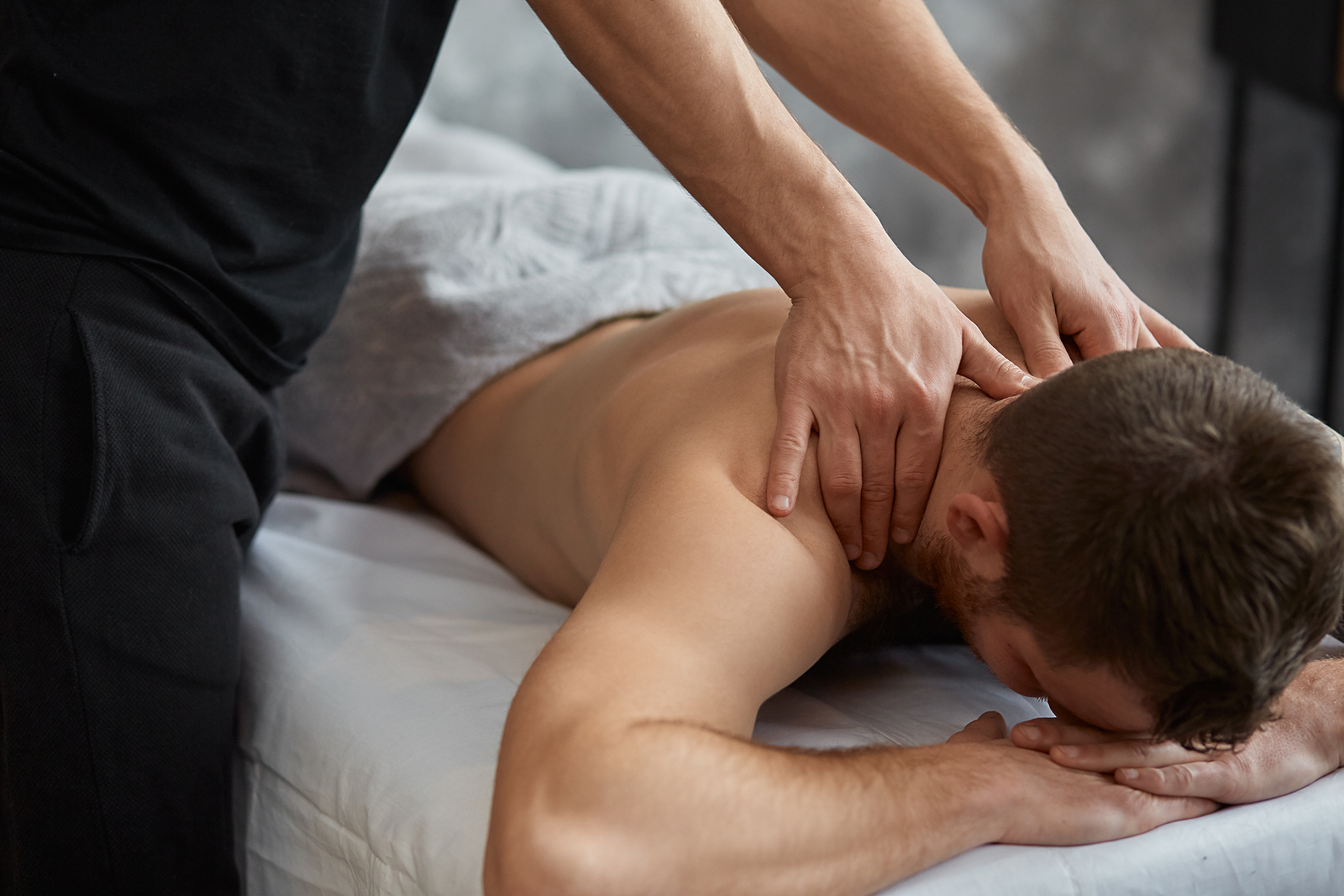5 Benefits of Monthly Massage Therapy
Receiving a massage on your birthday, anniversary, or a holiday is a prized present and an extra special treat. But did you know that scheduling regular massages weekly or monthly can optimize your well-being from head to toe? Monthly massage therapy in Bend, Oregon may feel like just a luxurious form of self-care, but it is actually an affordable option to keep your health in check with these five benefits of massage:
Stress & Anxiety Relief
Whether you recognize it or not, each day you deal with stressors big and small that initiate your body’s fight or flight response and increase the stress hormone, cortisol. High levels of cortisol are associated with headaches, fatigue, anxiety symptoms, a weakened immune system as well as an increased risk for heart disease and cancer.
Studies suggest that massage therapy can decrease cortisol levels by 31% on average. However, these levels will rise again in the days and weeks following your session. Instead, regular massage therapy can give your body a necessary reset on a consistent schedule to keep you happy and healthy and provide stress relief.
Boosts Mood
Regular massage therapy can improve your quality of life and promote a more positive outlook. Researchers found that while therapeutic massage reduces cortisol, it also increases dopamine and serotonin levels. These “feel-good” hormones are naturally released when you are feeling happy or relaxed, so massage therapy facilitates the production of these elements in the blood to mimic these feelings after your appointment.
Alleviates Pain
From sedentary and physically demanding work environments to sports and age-related injuries and discomforts, regular massage can address varying levels and forms of pain and allow for muscle relaxation. Massage techniques, like stretching and myofascial release, target contracted or tight muscles, commonly known as knots, relieve muscle tension, and improve muscle pain. By manually relaxing these areas, your licensed massage therapist helps relieve pressure and pain in the neck, shoulders, and back while improving flexibility and mobility. When your muscles are moving freely and properly, you can prevent injury from basic movements and feel more comfortable.
Massage therapy also relieves inflammation in the joints and other areas of injury with increased blood flow. This increased blood circulation allows for proper healing and the resolution of the immune response in certain areas to ease pain. Massage therapy sessions can also assist with pain management and alleviate chronic pain.
Relieves Insomnia
Millions of people in the United States experience trouble getting a sufficient amount of quality sleep each night. Massage therapy encourages relaxation and may improve your sleep patterns, allowing you to get restful and refreshing sleep. According to studies, weekly massages can reduce the severity of insomnia. Many people even fall asleep right on the massage table during the session.
Strengthens the Immune System
If you are looking to give your immune system a boost, regular massage is a relaxing way to do so. Massage therapy not only reduces stress levels and improves sleep to help you better fight off illness, but it also encourages the production of white blood cells that protect from foreign bodies. In the same way, the gentle strokes diffuse lactic acid and other waste build-ups in the muscles to stimulate the immune system, reduce fatigue and pain, and improve immune function. Chiropractic and massage therapy techniques also improve lymphatic circulation to better prevent infection and keep you feeling healthy.
These are only five ways regular massage can help you feel your best, but there are plenty of unique outcomes for each client. Chiropractic and massage therapy in Bend is even integrated into many treatment plans for a variety of conditions and recoveries. A trained massage therapist will discuss your lifestyle, discomforts, and health history to determine the best techniques and schedule to help you keep you well.










